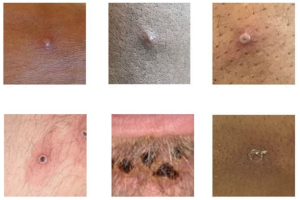NewsDesk @bactiman63

The Minsa details that the continuous monitoring of these patients has allowed them to complete their 21-day isolation period without any problems and any health complications.
- Keep the person isolated in a room, preferably with its own bathroom.
- You and the patient must wear a mask during the care you perform and when handling their clothing or bedding.
- Wear a mask and disposable gloves when entering the room.
- The patient’s dirty clothes and bedding should be handled with the use of gloves, should not be shaken and should be quickly placed in a bag, avoiding mixing it with the rest of the clothes.
- Wash clothes with hot water and plenty of detergent. Use bleach if possible and laundry gloves.
- Wash the infected person’s silverware and dishes with hot water and detergent.
- Clean and disinfect all surfaces in the room or bathroom with bleach water or alcohol.
- Peru reports more than 15,000 malaria cases in 2022 to date
- Lyme Disease Vaccine Candidate to enter Phase 3 Study
- Brazil: Minas Gerais reports nearly 60,000 confirmed dengue cases
- Fiji update: Measles and Rubella
- Philippines dengue tally tops 90,000, More than double the 2021 numbers
- Dengue fever in Miami-Dade County, Florida: 3rd local transmission reported
- New South Wales: Two cases of meningococcal disease in people who attended the 2022 Splendour in the Grass festival
- Langya henipavirus identified in China: A NEJM correspondence


2 thoughts on “Peru registers 583 monkeypox cases”